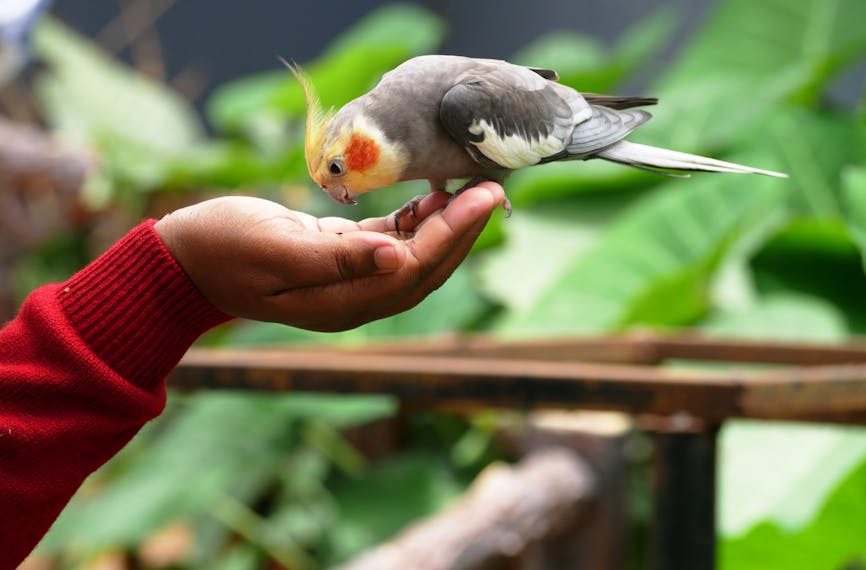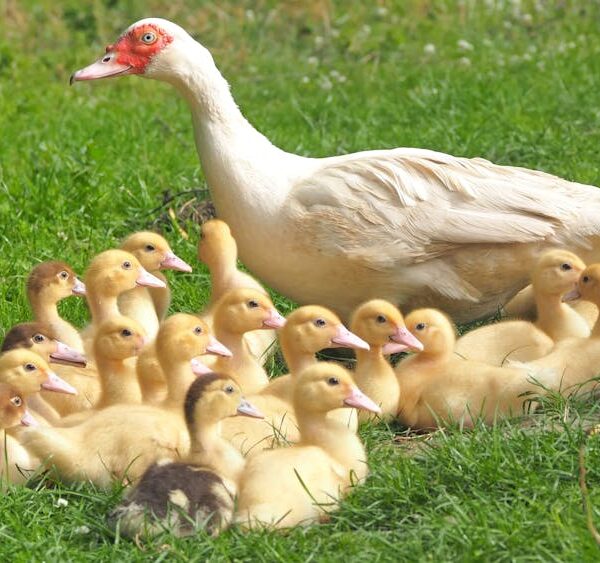In this article, we delve into everything you need to know about flying with pet birds. From understanding the regulations, to detailed preparation steps, we aim to guide you through the process to ensure a smooth travel experience for both you and your feathery companion.
Understanding the Regulations for Flying with Birds
Airlines often have their own set of rules when it comes to passengers flying with pets, more specifically, birds. The regulations often define the acceptable carrier size, weight limits, documentation and fees. While some airlines may allow small birds such as parakeets or lovebirds, others may also permit larger birds like macaws or cockatoos. However, it’s important to thoroughly check the specific policies of your chosen airline.
Certain countries and airlines bar birds from entering the cabin due to the risk of avian diseases. To ensure your travel experience is hassle-free, it’s crucial to acquaint yourself with these restrictions. By understanding and complying with the varying airline regulations, you can ensure the safety and comfort of your pet bird during the journey.
Airlines that Allow Birds in the Cabin
Numerous airlines permit passengers to travel with their pet birds. Amongst the popular ones, we have Delta Air Lines, United Airlines, and Southwest Airlines, all of which have their specified set of rules for birds in the cabin. To be approved, passengers generally need to comply with certain conditions, such as having an acceptable bird carrier and providing appropriate documentation.
For a better understanding, let’s delve into a comparison of the major airlines that allow birds on board:
Preparing Your Bird for the Flight
Just like humans, birds may also experience stress associated with flying. To ensure their comfort, meticulous preparation is key. From choosing an appropriate bird carrier to arranging food and water, every small step contributes to making the journey pleasant for the bird. Additionally, being cognizant of potential health risks, such as changes in pressure and temperature, is crucial.
One of the best practices when flying with birds is to familiarize them with the carrier well before the travel date. This can reduce their stress levels, making the in-flight experience less distressing. Interweaving these precautionary measures can create a salutary impact on your bird’s overall flying experience.
A comprehensive checklist to pack while flying with a bird can include the following:
- Approved bird carrier
- Bird food and water
- Any required documentation
- Blanket or cover for the bird carrier
- First aid kit for emergencies
- Favorite toys to keep the bird entertained and comforted
Stay tuned to gain more insights into the subsequent steps of this journey, as we explore navigating airport security and arriving at your destination with your bird.
Navigating Airport Security with Birds
As a bird owner, airport security can seem intimidating. It’s essential to understand how the process will unfold to reduce potential stress for you and your feathered friend.
Firstly, remember that your bird will need to come out of its carrier during the TSA inspection, as the carrier has to pass through the x-ray machine. That’s why it’s important to have your bird trained to step up onto your hand or a perch reliably.
Security checkpoints can sometimes be chaotic or noisy, which may upset your bird. Try to soothe your bird by speaking calmly and gently to it throughout the process. Keep a firm grip on your bird or ensure it is tethered to prevent accidental escape.
Pro Tips: Making the Security Process Smoother When Flying with Birds
Here are a few tips to help you breeze through airport security with your bird:
- Put a lightweight leash on your bird before removing it from the carrier, this can prevent accidental escapes.
- Request a private screening if possible, which can be less stressful for both you and your bird.
- Keep a towel handy. If your bird gets nervous and flaps, covering the carrier or gently wrapping the bird in a towel can help calm it.
Arriving at the Destination with Your Bird
Once the flight has landed, there are a few more steps before you and your bird can settle down. Some countries may require health checks, document verification, or even quarantine procedures upon arrival at your destination. Always confirm these details ahead of time to avoid any surprises.
Next comes the adjustment phase. Birds can be sensitive to changes in environment or time zone, much like us humans. In a hotel or vacation rental, try to recreate an environment similar to your bird’s usual surroundings.
Maintaining the same diet and sleep schedule will also help your bird adjust easily. Take extra care to ensure your bird is well, hydrating properly, and consuming balanced meals after the journey.
Pros and Cons of Bringing Pet Birds on Trips
Lastly, let’s evaluate the advantages and potential challenges that come with flying alongside your bird:
| Advantages | Challenges |
|---|---|
| • Birds won’t experience separation anxiety | • Need to deal with stringent airline regulations |
| • Joy and comfort of companion for the owner | • Increased travel preparation |
| • Opportunity for the bird to explore new environment | • Potential stress to the bird during travel |
Bringing a bird along on a trip certainly comes with its unique set of hassles. But with appropriate preparation and understanding, it can be an enriching experience for both you and your feathered friend.
Key Takeaway:
- The guidelines and rules for traveling with birds differ among airlines, with some allowing birds in the cabin and others not. Understanding each airline’s specific regulations about carrier size, weight limits, documentation, and fees is critical.
- Airlines such as Delta Air Lines, United Airlines, and Southwest Airlines are among those that allow birds in the cabin, but each has its own set of conditions and requirements.
- Preparing the bird for the flight, beginning from selecting a suitable carrier to managing their stress levels, is crucial for a comfortable journey.
- Navigating security at the airport can be a tricky process. However, understanding and being prepared for the TSA procedures can make the experience smoother.
- Arrival at the destination involves additional procedures such as document verification, health checks, and helping the bird adjust to the new environment.
Despite the procedures involved, with the right preparation and care, traveling with your bird can create a bundle of cherished memories and bonds. Remember to respect your bird’s comfort and needs while traveling, fostering a positive onboard experience.
FAQs
Q: How do I manage if my bird is nervous during the flight?
A: Soft toys or items that comfort your bird can be a great help. In addition, it’s best to gradually familiarize your bird with the carrier and the concept of travel well ahead of time to reduce anxiety.
Q: Is it necessary to put my bird through any special vaccinations before traveling?
A: It depends on the age and health conditions of your bird and the disease risks at your destination. Consulting with a vet before the journey is the safest approach.
Q: Can I take more than one bird in the cabin?
A: Policies may vary by airline. It is best to clarify with the specific airline before planning your journey.
Q: What should I do if my bird does not eat during the flight?
A: Stress can reduce your bird’s appetite. Try offering their favorite food. If your bird still doesn’t eat, consult a vet post-landing.
Q: How do I handle my bird during the TSA inspection process?
A: Be calm and gentle with your bird. If the area is crowded or loud, cover the carrier with a cloth to keep your bird calm.
We invite you to share this article with other bird parents and explore our website for more valuable insights. Safe travels to you and your feathered companion!












